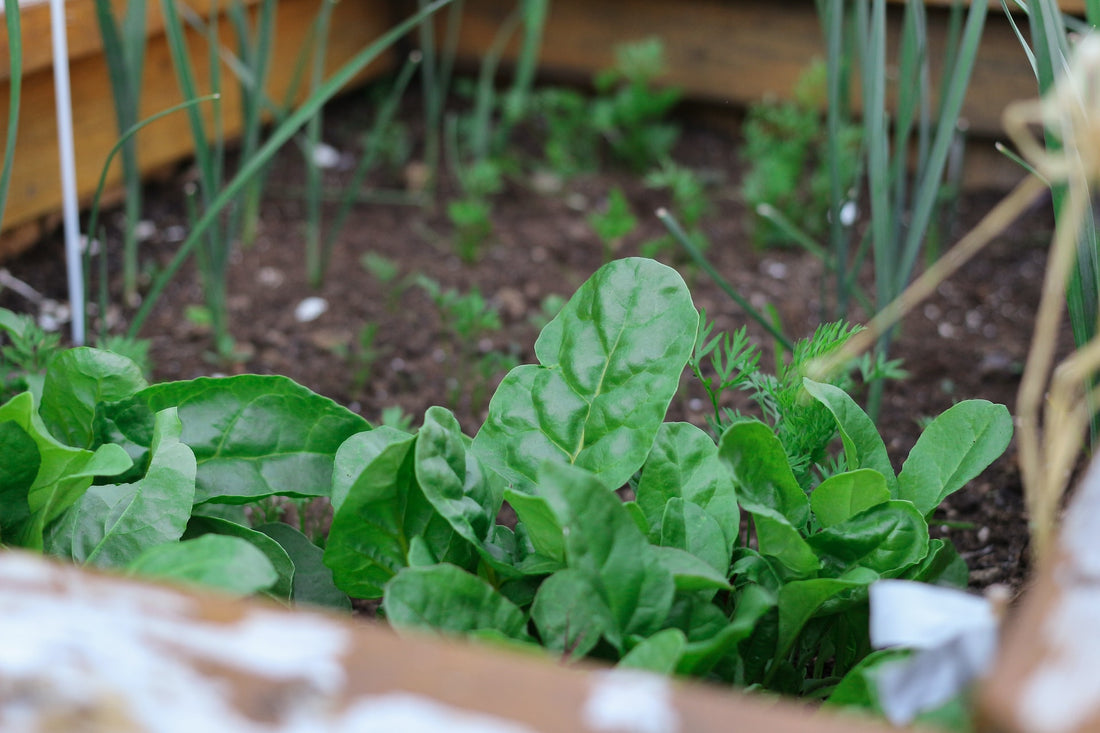Starting a new garden is simple when you take steps to plan in advance. Homegrown vegetables surpass store-bought ones ten-fold, and it's absolutely worth the effort to grow them at home. Follow these simple steps, and soon you'll be walking out to the garden to pick dinner!
Plan It Out
The more you plan, the less work you'll have later in the season when you want to focus on growing and harvesting your vegetables. When you make a plan, there is less chance of failed harvests or unexpected situations. Never underestimate the importance of writing everything out in advance!
Choose The Best Location
Look around the land carefully. The best garden spot gets a lot of sun all day long, has easy access to water, is protected from the wind, and has excellent drainage. Make a sun map to determine if your ideal location really does get enough sun throughout the day.
Maybe there is more than one spot that is good for planting. A garden doesn't have to be a single square in the backyard. Break it up if you want, based on the best areas around the property. Don't be limited by traditional gardening methods. You can have a regular dug garden as well as potted vegetables around in different places.
Figure out in advance how easy or difficult it is to water the garden in the location of choice. Watering needs to be done several times a week, and sometimes daily during droughts, so if it is complicated, it will be a huge issue. Is there a water spigot nearby? Maybe it would be beneficial to set up a drip irrigation system.
Create The Garden Bed
Now that you know the best spot to put the garden, it's time to prep it for planting. Clear the area of rocks, weeds, and debris. The easiest way to do this is to cover the area with a black tarp for 3-6 months beforehand. Covering the spot prevents new weeds and grasses from coming up.
Alternately, use a shovel or tiller to dig up the land. Shovels or picks are best; tilling should be avoided. Churning up the ground exposes beneficial nutrients and minerals to the sun, where they die off. And, during tilling, many worms get cut up and killed, which also isn't good. Soil is much healthier with all those nutrients and abundant earthworms.
Prepare The Soil
Healthy soil is the key to a thriving vegetable garden. Once the space is cleared, spread a thick layer of compost over it. Next, spread a layer of newspaper over the ground, 3-5 sheets thick. After that, apply a layer of mulch. Straw or shredded leaves work best. This layering improves soil health, reduces weeds growth, and assists in water retention. It is an excellent base for a prosperous garden.
Buy Seeds
Choose high-quality seeds. Research which vegetables grow best in your climate, and choose those varieties to plant. Be mindful that not every vegetable can grow in every location and that some take much longer to grow than others. It's best to start with a few varieties and build up the garden over the years.
Planting
Use a garden pick or trowel to poke a hole through the newspaper layer and plant the seeds. Follow the planting instructions on the packet; each vegetable will have its own specifications.
Water the garden thoroughly after planting.
Tending
Every day or every other day, water the garden again. How often the garden needs watering will depend on the weather and your climate.
Check for weeds frequently; remove them when they are small before they become an overwhelming problem. The mulching should reduce the amount of weeding that is needed.
And then, the best part --- harvesting! Enjoy your fresh garden vegetables. And, during harvest season, don't forget to get out there and check every day. Some vegetables, like cucumbers and zucchini, will have new fruits to pick every day at the peak of their maturity.



